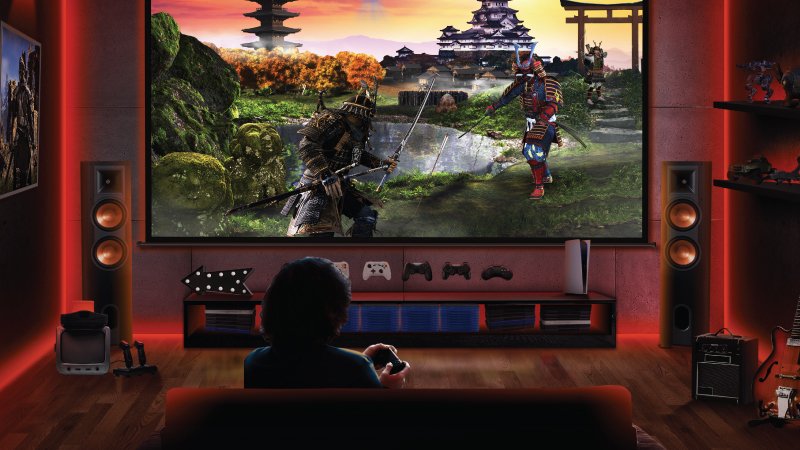Ghostwire: Tokyo is implied to be the first in a series of games, hence the “: Tokyo” part, as presumably future titles will be set in other cities. While not open world, the game is more like an open area design, and the map is fairly sizeable. Obviously, Ghostwire: Tokyo has supernatural horror elements, and sees you take on the role of college student Akito. Our hero finds himself alone in a perpetually-nocturnal Shibuya, which is one of the most famous areas in Tokyo. Everyone’s gone except for Akito, his companion KK, and a whole lot of weird and hostile ghosts. But not everyone’s bad, as there are plenty of friendly NPC spirits that hand you interesting side quests, helpful tengu you can grapple onto, and of course talking cat merchants. This is a Japanese game, after all, and one from the makers of the darkly odd The Evil Within games, the latter of which also had a very prominent cat.
The real star of the show is Shibuya. While not exactly accurate to the real world map of the district, the game provides a sizeable and very convincing depiction. There are numerous locales and collectibles that provide insight into Japanese culture, with a focus on food, because Akito needs food to keep up his strength as he and KK try to figure out why everyone’s gone and how to find Akito’s sister.
There are torii gates to cleanse, shrines to visit, and a whole host of combat varieties. While its open world isn’t as enormous as something like Elden Ring or Assassin’s Creed Valhalla, Ghostwire: Tokyo packs a lot of texture and content into its environment. There’s also a surprising amount of attention to detail. For example, cars from American manufacturers like Ford and GMC have their steering wheel on the left, while all other cars (presumably Japanese) have it on the right.






